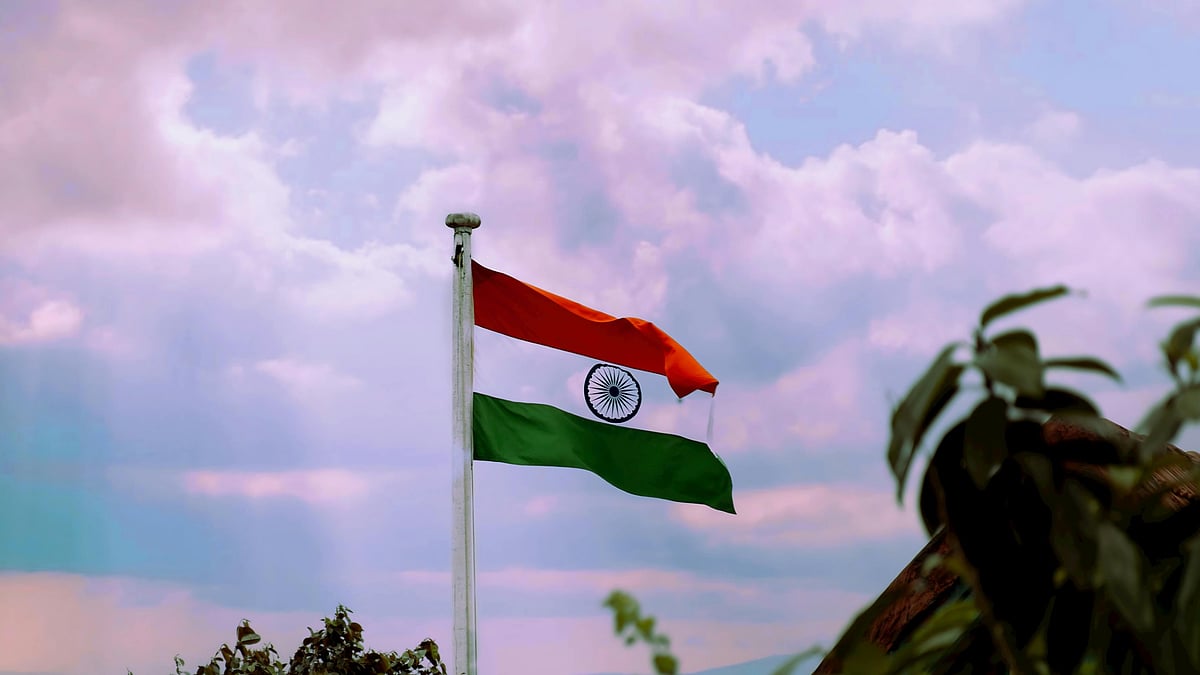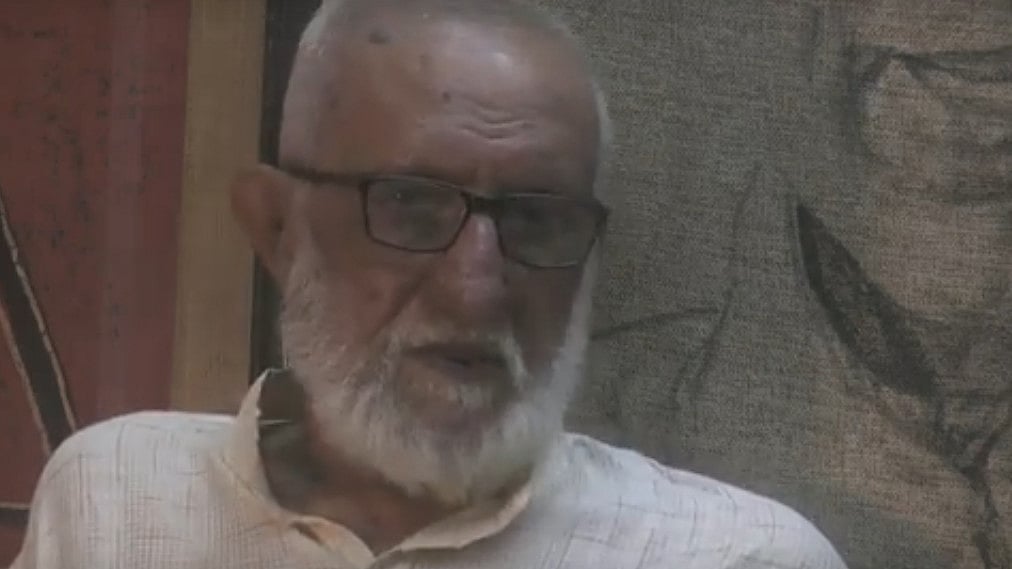The second, ferocious onslaught of coronavirus has cost us millions of lives and livelihoods. For us in India, while the number of cases is coming down, what is worrisome is that unlike last year, the pandemic has reached the rural areas this time. Apart from people losing their jobs, the middle class is shrinking. Projections for India’s economic growth are being lowered.
There are a number of opinions on when there will be sustainable recovery. However, no projection can be exact and certain, as the situation is still evolving. The RBI’s best-case scenario is that the economic cost of the second Covid wave may be limited to Q1 FY22. Normalcy may return only by July, as against the baseline assumption of June. The main imponderable is what will happen after December 2021. Will the economy return to speedy growth or face a medium-term debacle?
Luckily, the deadly second wave of coronavirus has started waning, with new cases dropping and deaths reducing significantly. Widespread despair is being replaced with cautious optimism, thanks to vaccination drives. Markets are cheering the recovery rate outpacing new cases. An appreciating rupee and positive global markets are supporting the upward equity market trend, even though its sustainability is under question. The RBI policy review in June is expected to give further push to the same.
Major negatives
India’s unemployment rate in May shot up sharply to its highest in the last one year - 11.9 per cent, compared to 7.97 per cent in April. The urban unemployment rate stood at 14.73 per cent in May, compared to 9.78 per cent in April and the rural unemployment rate at 10.63 per cent, as against 7.13 per cent in April 2021. The rise in unemployment has been a global phenomenon, with a projected rate of 5.7 per cent in 2022. According to the ILO, it will be 2023 before there can be sufficient global employment growth to make up for the losses.
Prolonged lockdowns have led to a massive revenue crunch for the government, causing its borrowing to rise to Rs 2.1 lakh crore so far, this fiscal – 55 per cent more than a year ago. Thanks to the deft yield management by the RBI, the only saving grace has been the low cost of the money raised.
Inflationary fears are on the rise though the RBI has been managing inflation well. Global commodity prices have been rising continuously, giving rise to concerns that higher inflation rate may make Central banks abroad rethink their accommodative policy stance, which in turn, could also impact India.
There are doubts about whether growth accompanied by sharply divergent lives and livelihoods could qualify as recovery. Official statistics do not capture the informal sector, which has been badly affected by Covid and the decline in demand.
Many silver linings
The economy has performed better than expected in FY21 -- grown by 1.6 per cent in Q4FY21 and contracted by 7.3 per cent in the entire FY21. Some encouraging fallouts from the latest GDP numbers – the agriculture sector, accounting for over 16 per cent share of the economy, attained 3.6 per cent growth, once again proving a blessing for the 50 per cent of the population dependent on it. The fiscal deficit number in FY21 has turned out better, at 9.2 per cent, as compared to the budgeted 9.5 per cent (RE). Notably, the investment rate has exceeded 30 per cent of the GDP after a long gap of six years. All these signs augur well.
The government has been continuously enacting proactive and pro-growth policies like the production-linked incentive scheme, covering a number of critical sectors, setting up DFIs, actively pursuing the privatisation agenda and supporting MSMEs in varied ways. The RBI has done excellently on the monetary policy front, by ensuring ample liquidity in the system and keeping interest rates low despite the build-up of inflationary pressures. Amid mounting uncertainties, a durable revival of private consumption and investment would be critical to sustain the post-pandemic economic growth. Investment recovery is unlikely to take place without consumption revival.
Corporate resilience is obvious. Corporates are adjusting to new realities by becoming cost-effective and productive. Corporate structures are being restructured so as to be in sync with the new normal. Many new businesses are being set up, like e-commerce operator warehouses across states; e-wallets (digital wallets) with the RBI allowing more flexibility to digital payment mechanisms, amongst others.
FDI inflows continue to be large and steady. Forex reserves have hit a lifetime high at almost $593bn, sufficient to cover over one year of imports, thereby giving strength to the Indian rupee.
The market cap to GDP ratio is currently much above 100 per cent, much higher than the long-term average of 75 per cent, causing many investors to fear the market may be in the bubble zone. The total market cap of BSE-listed companies has crossed the $3tn mark for the first time, just four years after $2tn mark, which had taken 10 years to happen. The primary factor fueling this rally is the easy monetary policy stance being pursued by all major central banks across the globe. However, the rally in the equity markets seems at odds with the economy, which is reeling under the assault of the uncertainty of more pandemic waves and the absence of a clear vaccine policy.
A recent Credit Suisse report on Indian unicorns depicted that “due to remarkable confluence of changes in the funding, regulatory and business environment there has been an acceleration of 100 unicorns in India with a combined market capitalization of $240bn.” India has the third-largest number of unicorns globally. Banking tech startup Zeta has become the latest unicorn in India, already taking the 2021 tally to 13. From fintech, agritech and pharma to green energy, unicorns are driving solutions even amid the pandemic. This implies the continued rise of entrepreneurship.
India is on the cusp of major AI innovations to be applied in such areas such as healthcare, education and judicial systems. Building efficient AI systems requires vast amounts of data. A positive of the UPI transactional system has been the huge storage of data across systems. The most important area of AI application would be to improve services and the quality of decision-making. A national digital platform is proposed to be created for healthcare, which will knit together all healthcare provisions on one platform. This transformation has been possible with adoption of technology at an unprecedented pace.
Global trade in goods continued to recover in 2021, with big gains in export orders, air freight and electronic components. India’s exports grew by 67.4 per cent in May, driven by healthy growth in sectors such as engineering, pharmaceuticals, petroleum products, chemicals and gems and jewellery. However, new waves of infection could easily undermine the recovery.
Making the best of it
Summing up, efforts are on to make the best of the situation. In this exercise, the role of policy making has become most crucial and sensitive. Even as the pandemic continues to wreak havoc, the economy has been revving towards recovery, unabated, albeit moderate. Agriculture and IT as two sectors gallantly weathering the COVID storm. However, it is imperative to realise that India has a longer path to walk beyond the pangs of the pandemic. Crises are often opportune moments to take resolute action for a bright future as was achieved in 1991.
There are many risks to economic recovery, the most notable being the absence of a clear-cut vaccination policy. Red tape could delay economic recovery. Corporates, many of them backed by foreign investors, could reconsider their investment proposals. India Inc’s profits are being impacted by rising input costs. According to the RBI, the rally in domestic stocks, despite an estimated 8 per cent contraction in the FY21 GDP, poses the risk of a bubble. The widening gap between stretched asset prices relative to recovery prospects in real economic activity has emerged as a policy concern, in India and abroad.
Fiscal stimulus
The FM has yet to take a call on the grant of fiscal stimulus. A decision will be taken only after assessing the impact of the second wave and the February 1 budgetary measures. India Inc, with its bumper profits and significant cost cuts, should contribute to the ‘stimulus’. Though the need for fresh stimulus is tremendous, the authorities should be mindful that there will have to be a calibrated unwinding of the stimulus once the pandemic is quelled and the real economy is firmly entrenched on the path to recovery. Of course, the timing of this is uncertain. Although there is uncertainty and unpredictability on how things will unfold and about the emergence of a third wave, both the government and industry expect the situation to improve soon.
The formidable tasks of enhancing the health infrastructure and expanding the vaccination drive still remain. This will generate widespread mobility and confidence in the nation’s economic and employment activities.
Finally, generating reliable statistics is extremely crucial. Every state should share correct data. Data transparency is most essential, or it will be difficult to manage both Covid pandemic and economy. We must realise that this pandemic poses huge threats not merely to financial stability but to the entire economic and financial system. Most importantly, effective timely leadership is crucial.
The writer is a corporate economist









